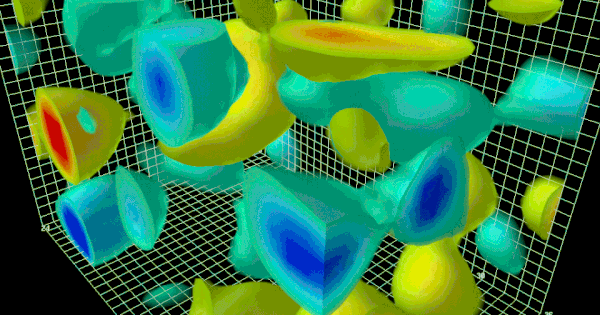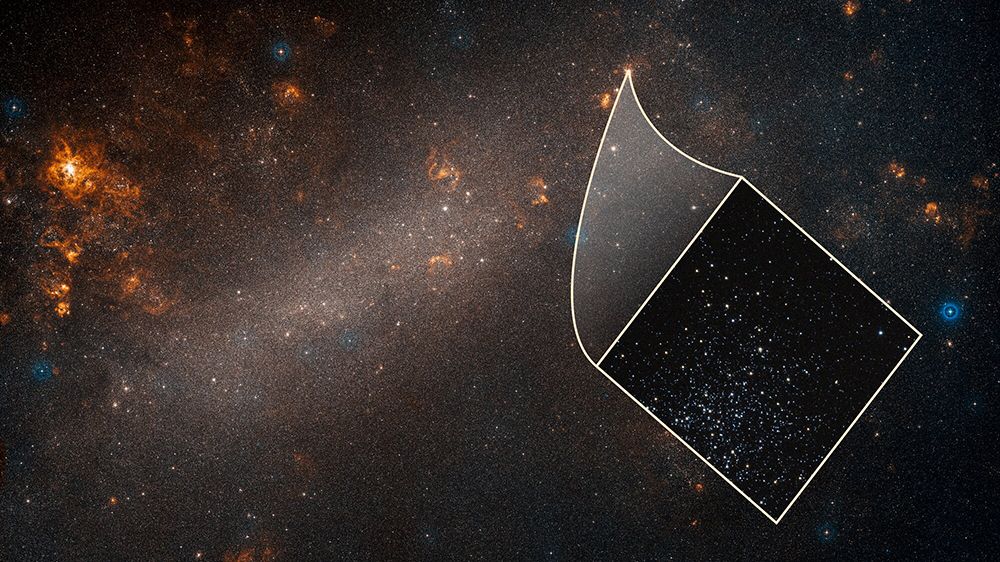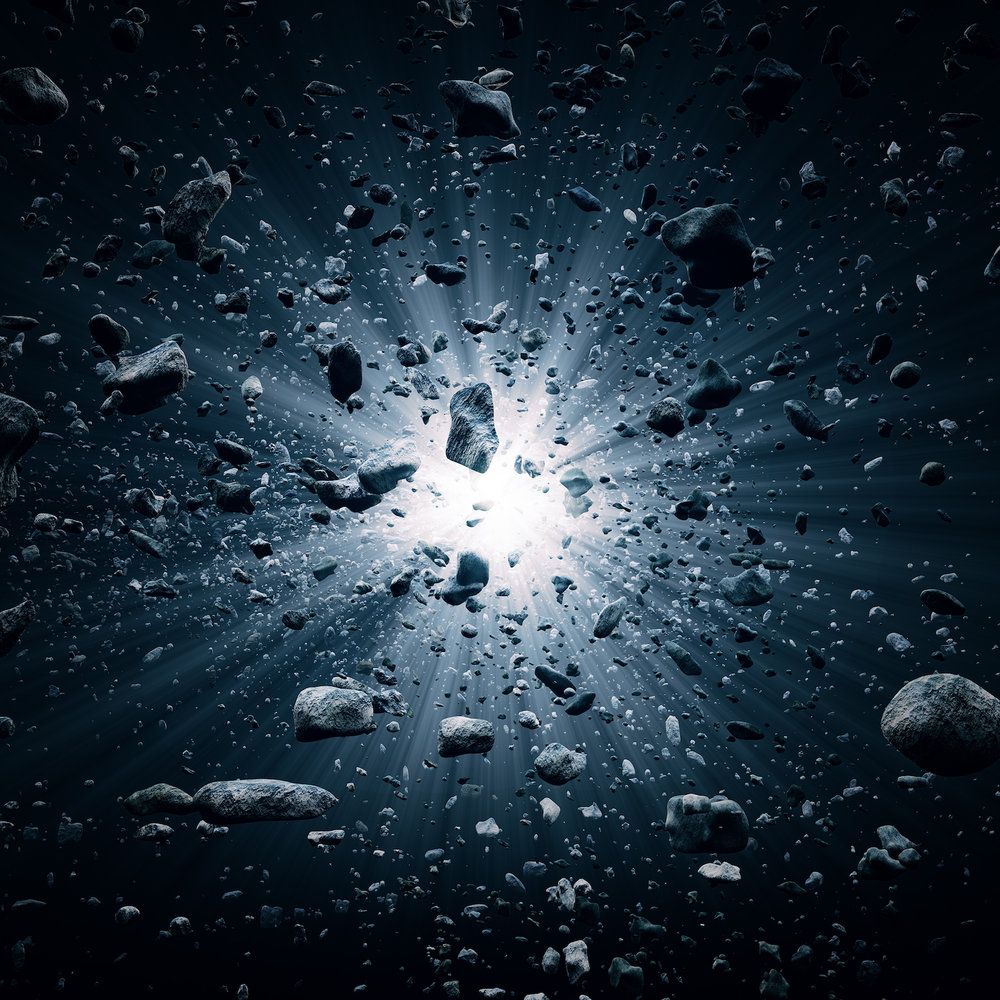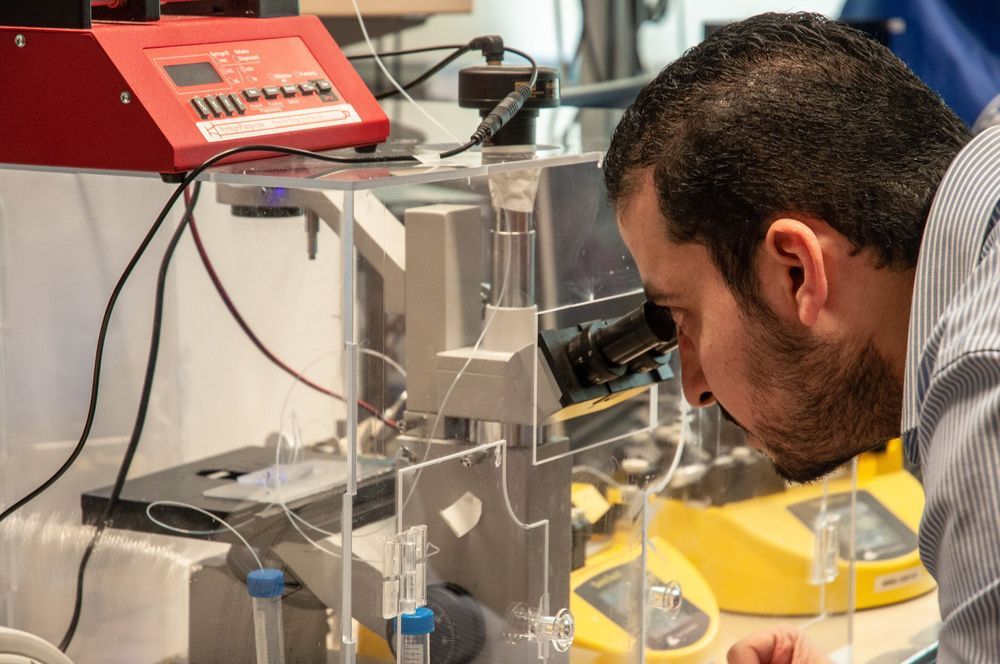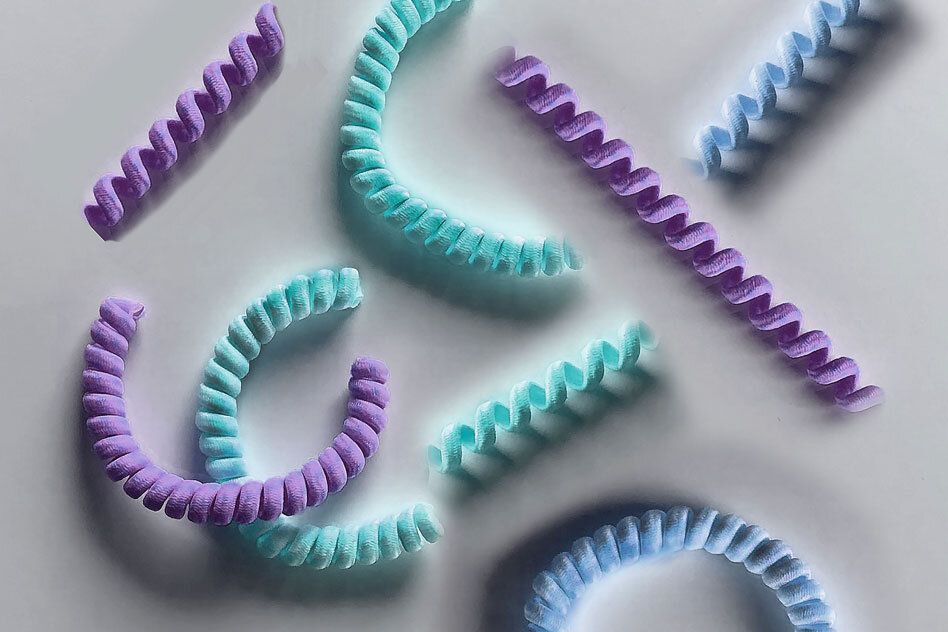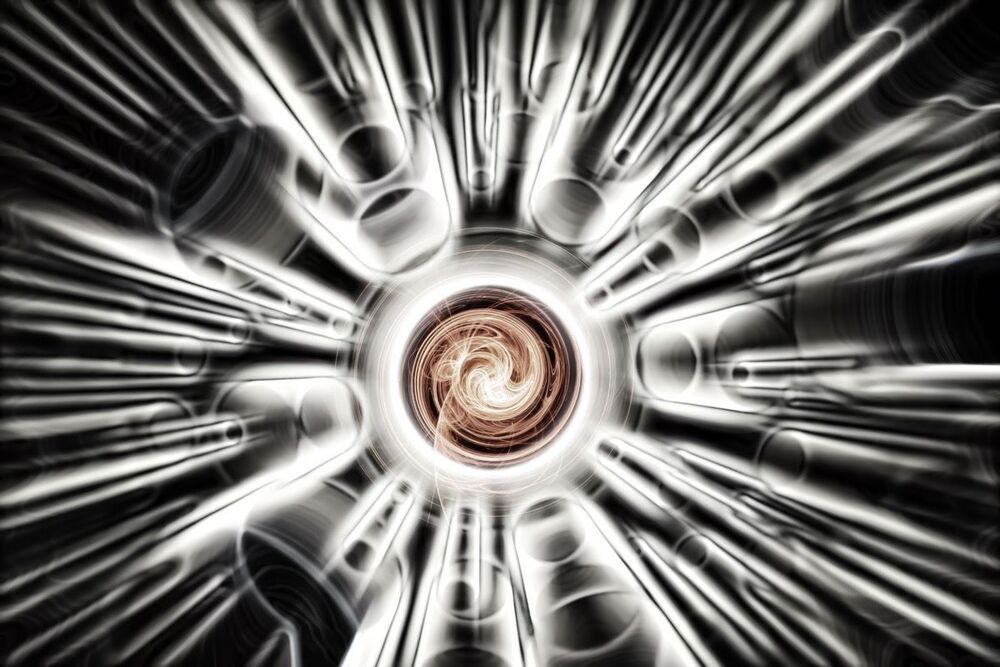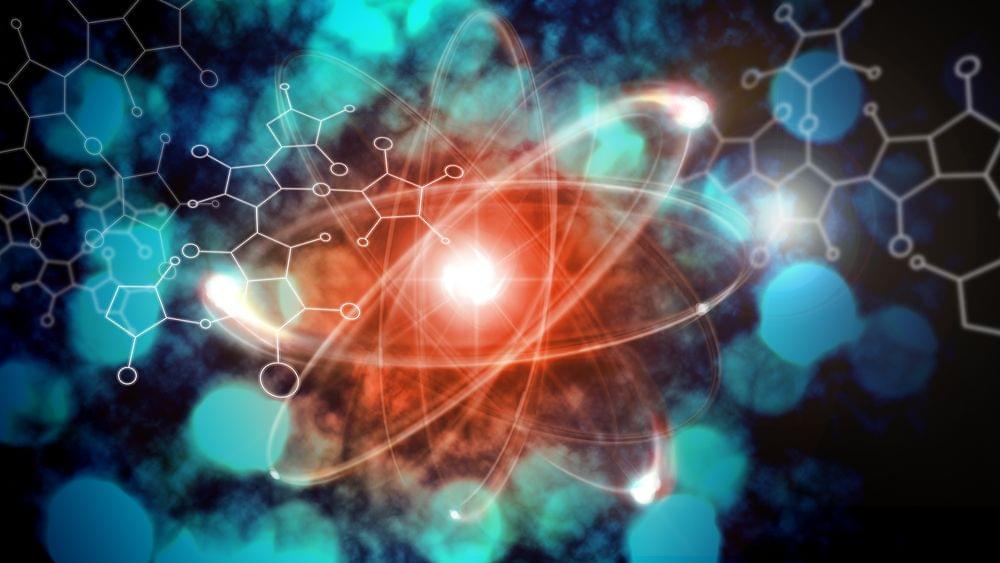And why Einstein’s quest for unification was doomed from the start.
New measurements from NASA’s Hubble Space Telescope confirm that the universe is expanding roughly 9 percent faster than expected based on its trajectory observed shortly after the Big Bang, according to a new study.
The Hubble Space Telescope measurements, which were published in the Astrophysical Journal Letters on Thursday, minimize the chances that the disparity is an accident from 1 in 3,000 to only 1 in 100,000 and suggest new physics might be needed to better comprehend the cosmos, said a Johns Hopkins University press release.
It was a freezing cold morning just before Christmas 1980 when cattle rancher, Wally Nelson, came across the frozen form of a woman in his front yard.
Wally knew who the woman was. It was his friend, 19-year-old Jean Hilliard who had been dating his best friend at the time. The night was 22 below zero, and the teenager had fallen while looking for shelter after a car accident.
Jean was frozen solid as a block of ice, and Wally understandably believed her to be dead. That is of course until he saw a few tell-tale bubbles emerging from her nose.
How Will the Universe End?
Posted in space
The human body is held together by an intricate cable system of tendons and muscles, engineered by nature to be tough and highly stretchable. An injury to any of these tissues, particularly in a major joint like the shoulder or knee, can require surgical repairs and weeks of limited mobility to fully heal.
Deep inside a mountain in central Italy, scientists are laying a trap for dark matter. The bait? A big metal tank full of 3.5 tons (3,200 kilograms) of pure liquid xenon. This noble gas is one of the cleanest, most radiation-proof substances on Earth, making it an ideal target for capturing some of the rarest particle interactions in the universe.
It all sounds vaguely sinister; said Christian Wittweg, a doctoral candidate at the University of Münster in Germany, who has worked with the so-called Xenon collaboration for half a decade, going to work every day feels like “paying a Bond villain a visit.” So far, the mountain-dwelling researchers haven’t captured any dark matter. But they recently succeeded in detecting one of the rarest particle interactions in the universe. [11 Biggest Unanswered Questions About Dark Matter]
According to a new study published today (April 24) in the journal Nature, the team of more than 100 researchers measured, for the first time ever, the decay of a xenon-124 atom into a tellurium 124 atom through an extremely rare process called two-neutrino double electron capture. This type of radioactive decay occurs when an atom’s nucleus absorbs two electrons from its outer electron shell simultaneously, thereby releasing a double dose of the ghostly particles called neutrinos.
